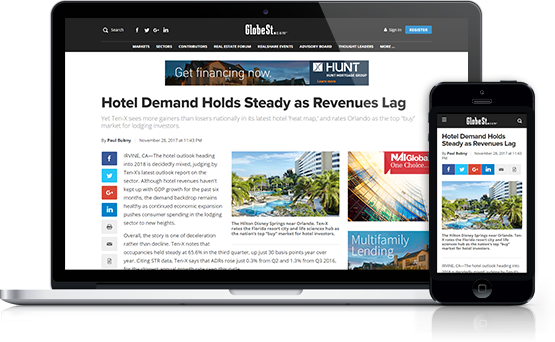According to macroeconomic trends, the average 10-year treasury yield was 13.92% in 1981. By 1991, it had fallen to 7.86%, and by 2001, the average yield was 5.02%. In 2011, it dropped further to 2.78% and by 2021, it closed out at 1.45%. At no point between 1981 and 2021 did the 10-year Treasury yield average higher than it had a decade earlier.
That pattern broke in 2023, marking the first reversal in over 40 years. The steady reduction of interest rates over that period supported economic growth, with the net lease market emerging as a major beneficiary. Owners, developers, and tenants benefited from the steadily compressing cap rates, which increased the value of their properties. In 2021, the net lease market reached record-breaking pricing levels, with historically low cap rates and peak transaction volumes, all fueled by the sharp, pandemic-induced rate reductions.
Inflation and interest rates increased following the record-setting year of 2021, which caused a slowdown in transaction volume and a decrease in property values in recent years. Historical data suggests that the pricing decline might not be over, according to Chad Kurz, EVP at Matthews Real Estate Investment Services. Kurz has been closely tracking transaction volume and inventory data and comparing it to historical data to understand pricing trends. Since interest rates began their climb, Kurz estimates that there has been $300 billion in lost equity in the net lease retail sector.
Recommended For You
A Rising Tide Lifts All Boats
“A rising tide lifts all boats, and rising interest rates have lifted all cap rates across all asset classes,” Kurz explains. However, many triple-net-lease retail assets are more sensitive to sudden interest rate movement than other commercial asset classes because of the lease structure, which typically has longer-terms, with options, and modest rent increases. The other challenge is that as the lease term diminishes, the cap rate typically rises, which might not occur in other asset classes.“Bond-like assets have seen the biggest pricing correction over the past few years as buyers have often chosen credit above real estate fundamentals” says Kurz.
Historically Low Spreads
Market pricing typically moves more slowly than interest rate changes. Triple-net lease pricing is continuing to adjust, and Kurz says that in analyzing overall transaction volume compared to inventory levels, it doesn’t appear we have hit the floor yet for pricing.
There are net lease assets that have historically traded 300 basis points above the 10-year Treasury that are currently trading at a mere 100 basis points above the benchmark today. “There's always been a historical spread, and that spread has been at all-time low levels the past several years,” says Kurz.
Buyers transacting at these lower spreads are often exchange buyers who are simultaneously selling assets in similar market conditions. However, as transaction volume has slowed across the board, there are subsequently fewer exchange buyers, leading to increased inventory and increased cap rates. “A lot of owners haven’t been able to take advantage of the all-time low spreads the last several years,” says Kurz. “ The best buyers for net lease assets are often selling out of multifamily, industrial, or land, and exchanging into single tenant net lease retail for the first time. “For many brokers, they have no way of directly marketing their deals to these owners that haven’t owned retail previously,” says Kurz.“The inability to capture the best buyers is putting pressure on owners and developers. We are starting to see a shift in what owners are demanding of brokers.”
Are Lower Spreads Here to Stay?
A common counter-narrative is that heightened demand for net lease assets has driven spreads to historically low levels, thus the compression is justified and will remain regardless of interest rate movement. But Kurz suggests this may be more wishful thinking than reality.
“There’s been a record amount of US household liquidity over the last several years, so there’s certainly capital available. If demand were strong enough to justify these lower spreads, we’d expect to see higher transaction volume. Instead, volume is trailing even the 2014-2019 (pre-COVID) period.”
While most owners and brokers are likely rooting for a substantial decrease in interest rates, Kurz notes that predicting where interest rates are going to be a year from now can be risky. He tries to gauge the direction of the market by analyzing current supply and demand, along with reviewing historical spreads.
“Lower interest rates would balance the equation without requiring further pricing adjustments,” says Kurz. “However, without using the assumption that rates are going to decrease in the short term, the data suggest that price reductions are likely going to continue for the next several months.”
For more thought leadership from Matthews Real Estate Investment Services, click here.
© 2025 ALM Global, LLC, All Rights Reserved. Request academic re-use from www.copyright.com. All other uses, submit a request to [email protected]. For more information visit Asset & Logo Licensing.








